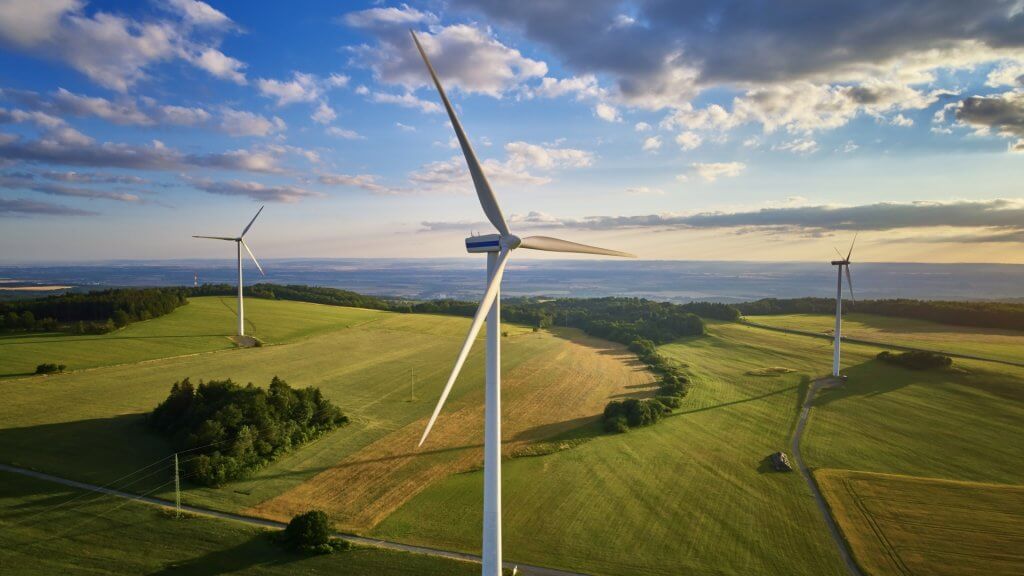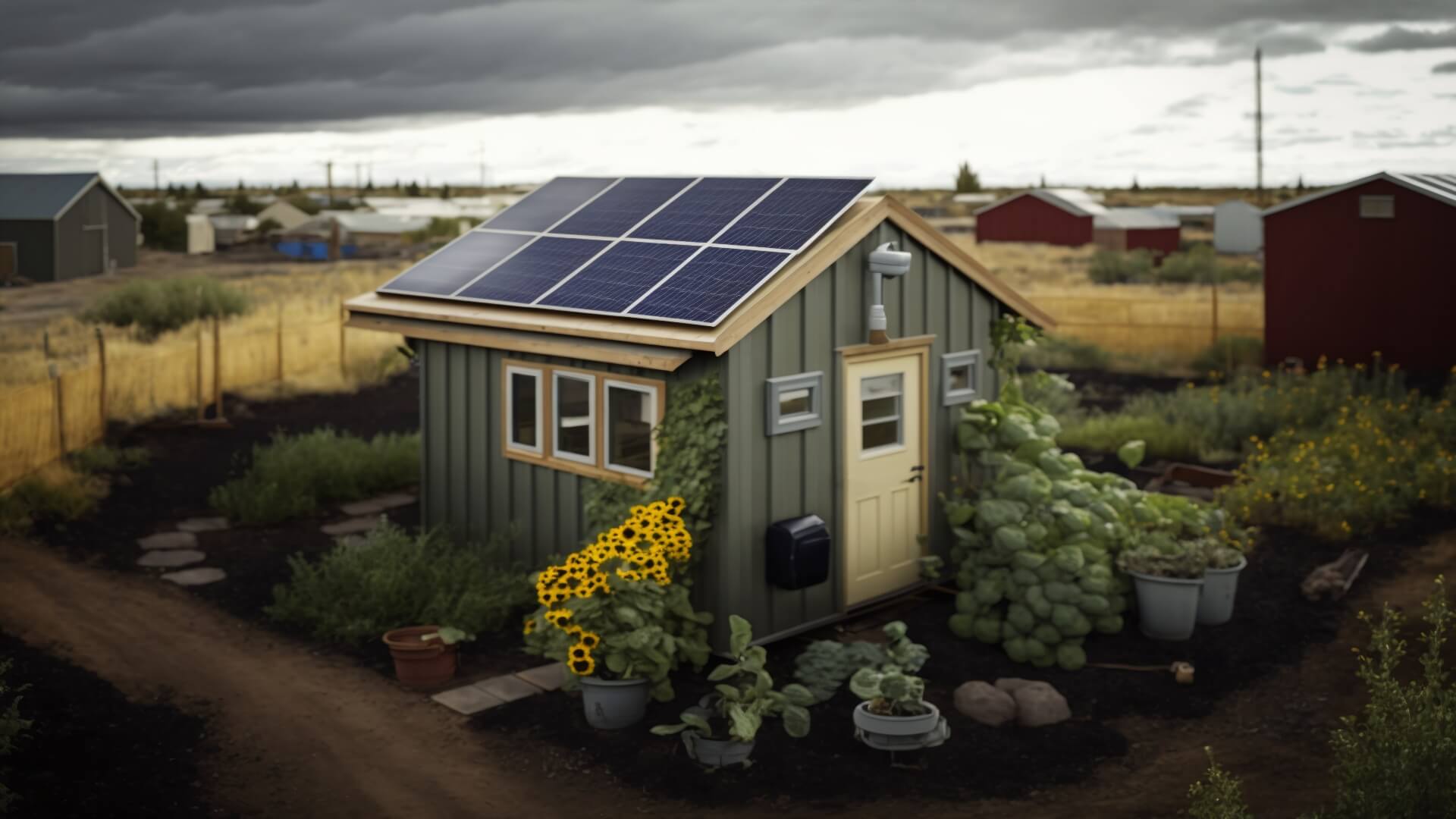Farm construction, particularly in the development of structures like barns, sheds, and storage units, significantly impacts the environment. The materials used, energy consumed, and generated waste contribute to the farm’s overall carbon footprint.
Choosing sustainable materials for farm construction helps mitigate these environmental impacts and offers long-term economic advantages. Lower maintenance costs, greater energy efficiency, and increased durability are some benefits that make the initial investment in sustainable materials worthwhile.
For farm owners contemplating new constructions or renovations, this article can provide insights into selecting functional and eco-friendly materials.
1. Reclaimed Wood
Reclaimed wood is an excellent option for constructing eco-friendly farm sheds or barns. Unlike new lumber, reclaimed wood doesn’t contribute to deforestation or require the energy-intensive processing that new wood does. Using reclaimed wood essentially gives a second life to materials that would otherwise end up in a landfill, thereby reducing waste.
This material offers unique aesthetic qualities, imbuing a rustic charm to farm buildings. Reclaimed wood is often stronger and more durable than new lumber because it comes from old-growth trees. Despite its age and recycled nature, it often outlasts newer materials, making it a cost-effective choice in the long run.
However, ensuring the wood has been adequately treated to remove any contaminants or pests before use is essential. Proper inspection and treatment can ensure the reclaimed wood meets all safety standards, providing a sturdy and safe structure for farm use.
2. Recycled Metal
Recycled metal, particularly steel and aluminium, is another sustainable material increasingly used in farm construction.
Like reclaimed wood, recycled metal comes from previous applications and structures, reducing the need for new material extraction and processing. This substantially decreases the energy required for production, reducing the construction process’s carbon footprint.
Recycled metal is incredibly durable and resistant to extreme weather conditions. It can withstand high winds, heavy snow, and even fires, making it a reliable construction material. It is particularly useful for structures that require high durability and low maintenance, such as storage sheds or machinery housing.
While the upfront cost of recycled metal might be higher than traditional materials, its longevity and low maintenance needs often make it more cost-effective over time. It is also 100% recyclable, meaning that at the end of its life, it can be melted down and used to create new metal products, contributing to a circular economy.
3. Straw Bales
Straw bales may sound like an unusual construction material, but they are highly effective for insulating farm building walls. When used with other materials like wooden frames or recycled metal, straw bales can offer excellent thermal and acoustic insulation properties. This results in lower energy costs for heating or cooling the structure.
Straw is a by-product of grain production, which means using it as a construction material is a way to utilize what might otherwise be agricultural waste. It’s also a renewable resource, as straw can be grown and harvested within a single growing season. Additionally, compared to other sustainable materials, straw is relatively inexpensive.
Before using straw bales, it’s important to note that they must be properly treated and sealed to prevent moisture absorption, which can lead to decay and compromise structural integrity. It also requires frequent maintenance checks to ensure the straw remains in good condition.
4. Rammed Earth
Rammed earth construction involves tamping down earth mixed with small amounts of cement and water in layers to form extremely sturdy walls.
This method has been used for thousands of years and is making a comeback as a sustainable construction technique. It utilizes local soil, reducing the need for transporting materials over long distances, thus decreasing the construction’s environmental impact.
The thermal mass of rammed earth walls is exceptional, meaning they can absorb heat during the day and release it at night, helping to regulate the interior temperature. This feature is particularly beneficial in areas with significant temperature fluctuations.
Moreover, rammed earth walls are highly durable and can last for several generations with minimal maintenance, making it an investment that stands the test of time.
However, rammed-earth construction is labour-intensive and may require specialized skills. This can increase the project’s initial cost, but the long-term benefits, both environmental and economic, often justify the investment. It’s also essential to consider the local climate and soil conditions when opting for this construction method.
Conclusion
The need for sustainable practices in farm construction has never been more apparent. The adoption of eco-friendly materials like reclaimed wood, recycled metal, straw bales, rammed earth, and green roofing options can significantly reduce a farm’s environmental impact while offering economic benefits in the long run.
By making mindful choices during the construction or renovation of farm structures, it’s possible to build not just for the present but for a more sustainable future.

































